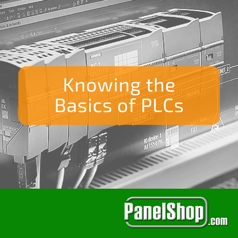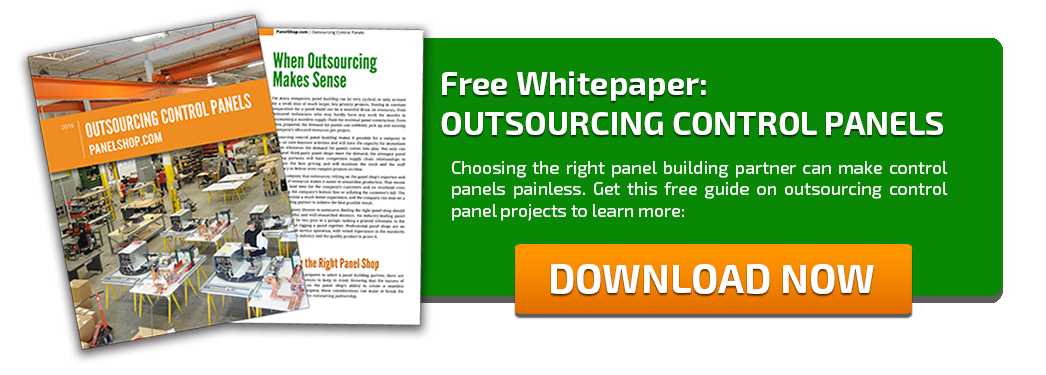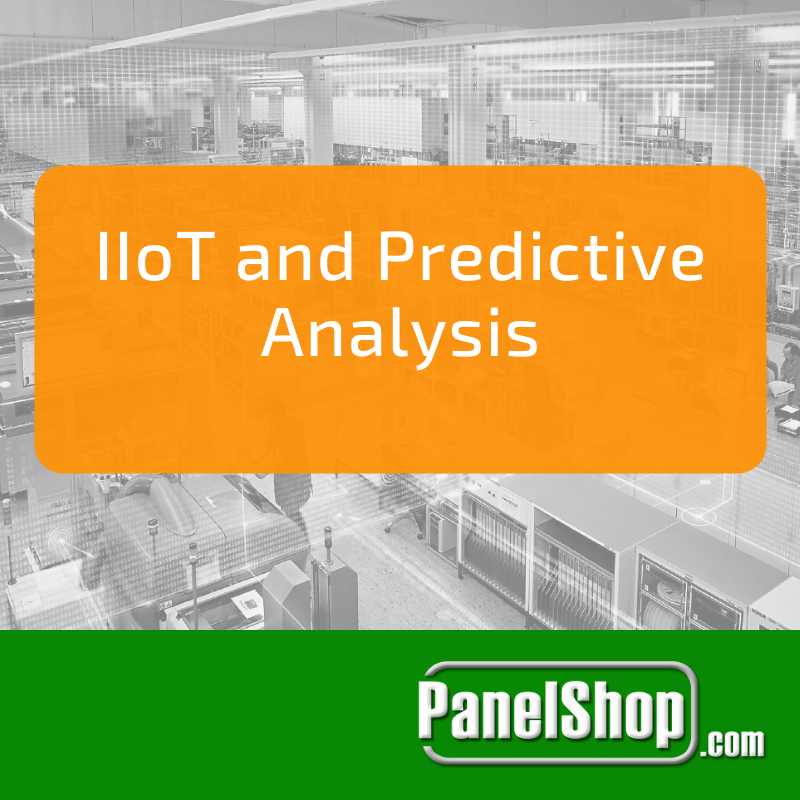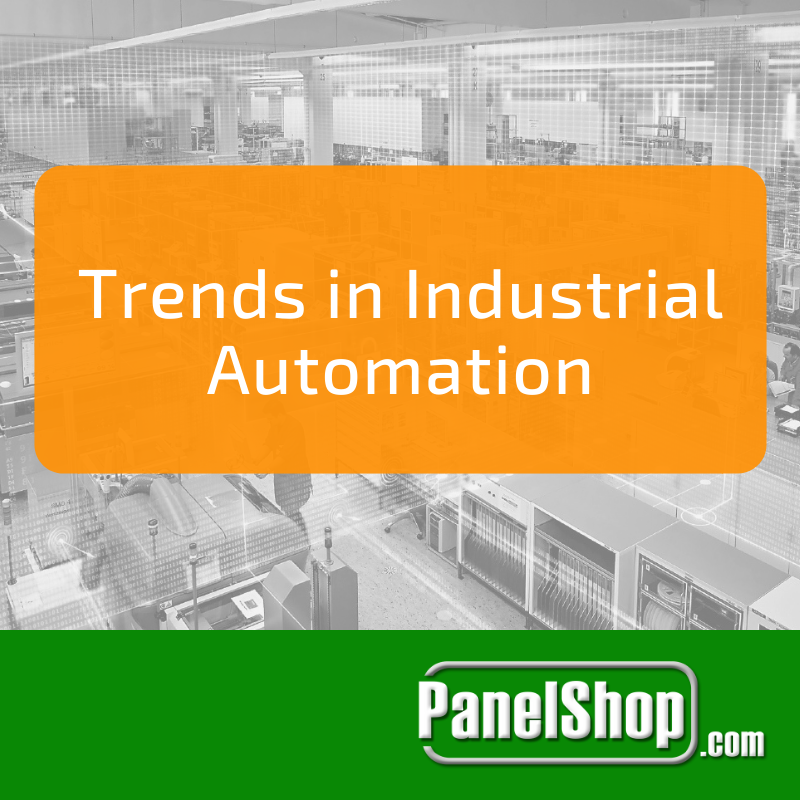
Programmable Logic Controllers (PLCs) have been around for over 50 years and have established themselves as the preferred hardware for industrial automation. Several competitors have come along the way in the form of PCs, microcontrollers, etc. but none have been able to dent the reputation of the PLC.
A PLC is defined by the National Electrical Manufacturers Association (NEMA) as a "digitally operating electronic apparatus which uses a programmable memory for the internal storage of instructions by implementing specific functions, such as logic, sequencing, timing, counting, and arithmetic to control through digital or analog I/O modules various types of machines or processes."
In simple words, a PLC is a solid-state, programmable device that plays a huge part in the monitoring, control and automation of industrial assets. A PLC is able to receive inputs and produce outputs much like a personal computer. A microprocessor sits in the middle that carries out calculations based on the programmed code. PLCs act as an electrical interface for mechanical components and support networking within large industrial environments.
Like computers, PLCs are programmed as well. Relay Ladder Logic or proprietary programming language is used to develop PLC programs.
History
The first PLC made its way into the industrial environment in the 1960s and was a variant of widely used programmable controller. The need for reliable and flexible control over relays in a space-savvy manner triggered the development of PLCs. Soon, PLCs took over Programmable Controllers, as they allowed reprogramming and reusability in the form of ladder logic.
PLCs are available in various sizes, and generally occupy little space compared to other industrial equipment. The chassis of a PLC may be open or closed, depending on the hardware specifications while all electronic components are either mounted on PCBs or DIN rails.
Working
PLCs work on the processing principle of scanning cycles. The methodology has remained virtually unaltered for all PLCs. As special hardware or peripherals are added, the requirement for scanning cycles increase.
Here’s a way to understand scanning cycles. Firstly, the I/O hardware modules are scanned by the software, upon power-up. The data contents are transferred to the input’s image table while data from the output table is transferred to the output module.
The software program is then scanned, and processed according to the code. Outputs are reflected in the output table upon processing, and the associated peripheral device (usually relay) is energized. The scope of a PLC depends on its I/O capability. The number of I/O points required are devised by the system engineer, depending on the load requirements. As control machinery increases, extra I/O points would be required which may be provided through expansion cards.
PLC Sections
All PLCs have four sections, each of which may be further divided into sub-section.
1.) Power Supply Section
This section is responsible for providing DC power output to the PLC and I/O modules, as well as serve as a backup in case of primary power failure.
An external 120/240VAC connection is used, and fused through control relay. This is then stepped down and rectified, before being fed to the variety of PLC’s internal components as per their requirements.
2.) Program Software Section
Typically ladder logic is used to write PLC programs. However, several manufacturers are also offering development in higher level languages such as C, as well as in Sequential Function Charts.
3.) CPU Module
CPU, controller or processor are all different terms for the same entity. The CPU module is divided into two sections:
- Processor section, which makes the decisions need by the PLC for normal operation and communication.
- Memory section, which stores digital information into dedicated locations, which are scanned by the processor. Typical memory sections have a size of 96K bytes while a battery backup is usually provided to prevent the loss of crucial data. In case of greater demand, additional memory modules may be added to the PLC.
4.) I/O Section
This section provides an interface to peripheral devices which may range from a simple switch to a motor drive unit to a printer. The communication capabilities depend on the PLC’s design and features. However, PLCs do offer expansion slots that enable them to support third party interfaces or protocols. Peripheral devices can generate/receive both AC/DC signals and may sometimes even be faster than the CPU clock speed. In this case, shielding is installed before forming connections.
Start a conversation with us, speak to an expert today!






